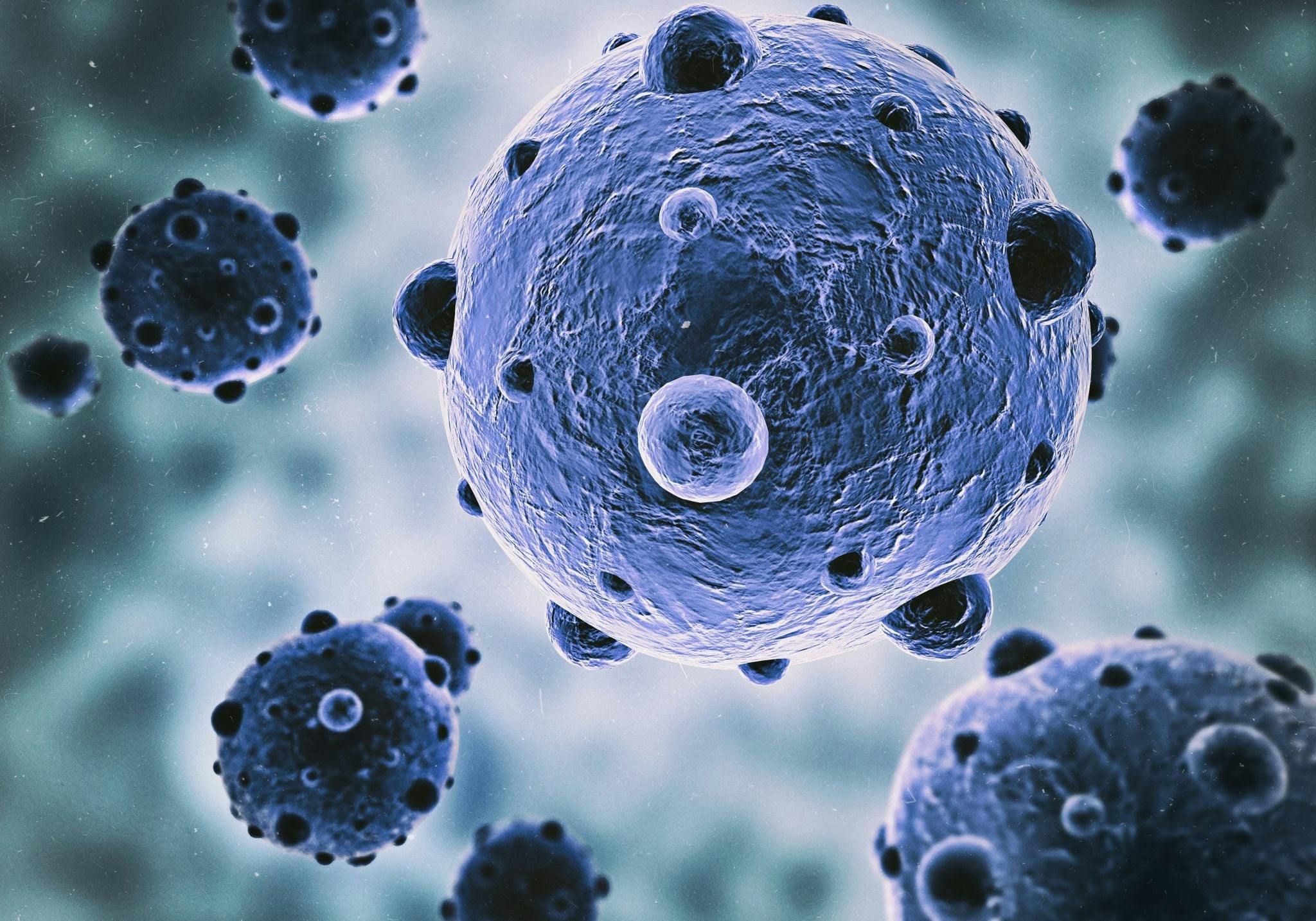The immune system is your body’s defense mechanism against disease and infection, and is responsible for targeting and destroying substances that it recognizes as foreign or different from normal, healthy tissues in the body.
What are the major components of the immune system, and how do their processes work? Here’s an overview.
The Components
The primary components of the immune system are:
- The tonsils and the thymus: These are responsible for producing antibodies, which are some of the combatants against foreign invaders in the body.
- Lymphatic system: Made up of lymph nodes and vessels, this is a network that carries lymph fluid, nutrients and waste material between the body’s tissues and the bloodstream. The lymph nodes filter lymph fluid as it flows through them, trapping bacteria, viruses and other invaders. These invaders are then destroyed by special white blood cells called lymphocytes.
- Bone marrow: This is the soft tissue found primarily inside the long bones of the arms, legs, vertebrae and the pelvic bones in the body. It’s made of red marrow, which produces red and white blood cells along with platelets and yellow marrow. Yellow marrow contains fat and connective tissue and helps produce some white blood cells.
- Spleen: The spleen filters the blood by removing old or damaged cells or platelets. It also helps the immune system by destroying bacteria and other invaders.
- White blood cells: Made in the bone marrow, these cells protect your body from infection. If an infection develops, white blood cells attack and destroy the organism causing it, whether it’s bacteria, a virus or another organism.
How The Immune System Works
Key cells in your immune system, lymphocytes known as B and T cells, help destroy invaders within the lymphatic system. Their process goes as follows:
- After T cells develop in the thymus, all immune system cells gather in the lymph nodes and spleen.
- First, antigens are ingested and partially digested. They are then presented to helper T cells by other cells called macrophages. This activates the T cells to release hormones that help B cells develop.
- These hormones, plus the recognition of further antigens, change the B cell into a plasma cell that produces antibodies—these antibodies may come in several types and will fit the antigen like a lock fits a key, thus rendering the antigen itself harmless.
- Helper T cells also aid in development of cytotoxic T cells, which can directly kill antigens. In addition, memory T cells are produced so that any re-exposure to the same antigen will produce a quicker and more effective response.
To learn more about your immune system, or if you think there are issues taking place in your body’s ability to fight infection and other invaders, speak to your doctor.
Our Utah Valley allergy specialists are able to diagnose and treat patients who suffer from allergic and immunologic disorders. Our board-certified physicians have over 30 years of combined experience working with pediatric and adult patients with a variety of medical problems using the most comprehensive and up-to-date medical therapies.
Sources:
“Components of the Immune System.” WebMD. http://www.webmd.com/a-to-z-guides/components-of-the-immune-system
“Your immune system.” The Mayo Clinic. http://www.mayoclinic.org/your-immune-system/img-20005603






